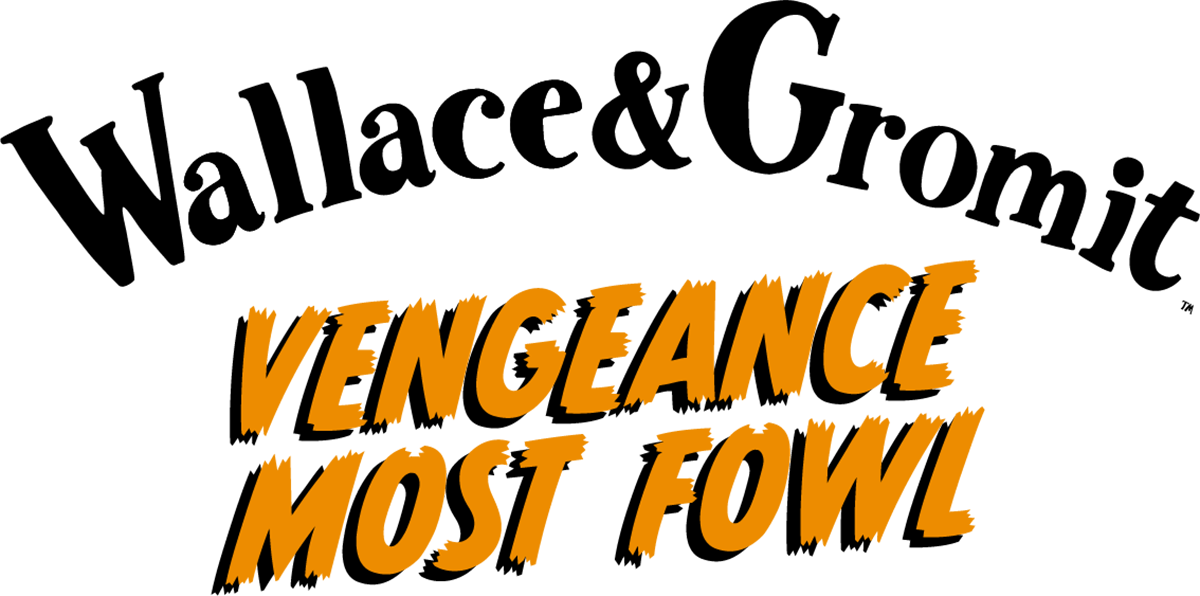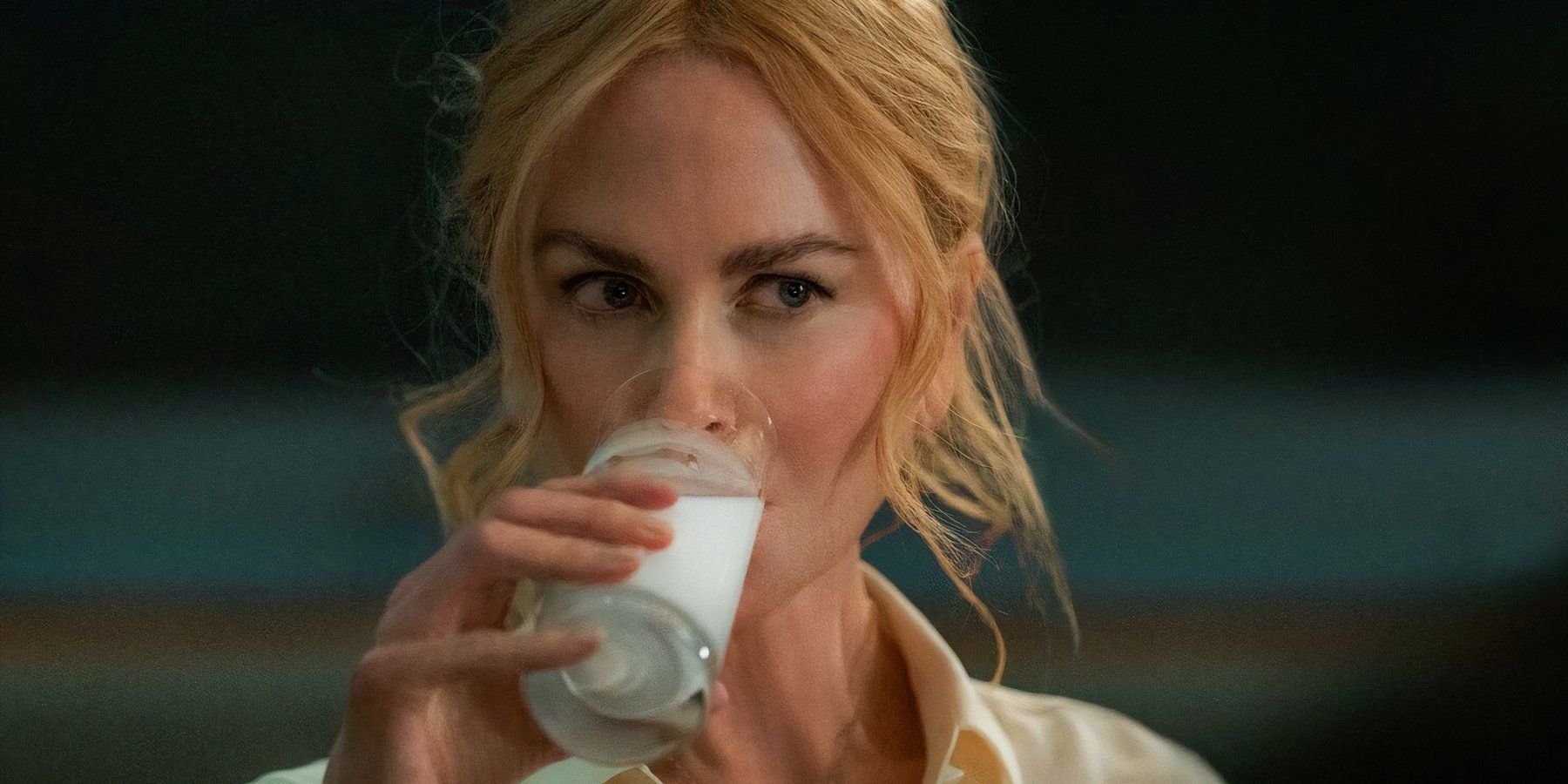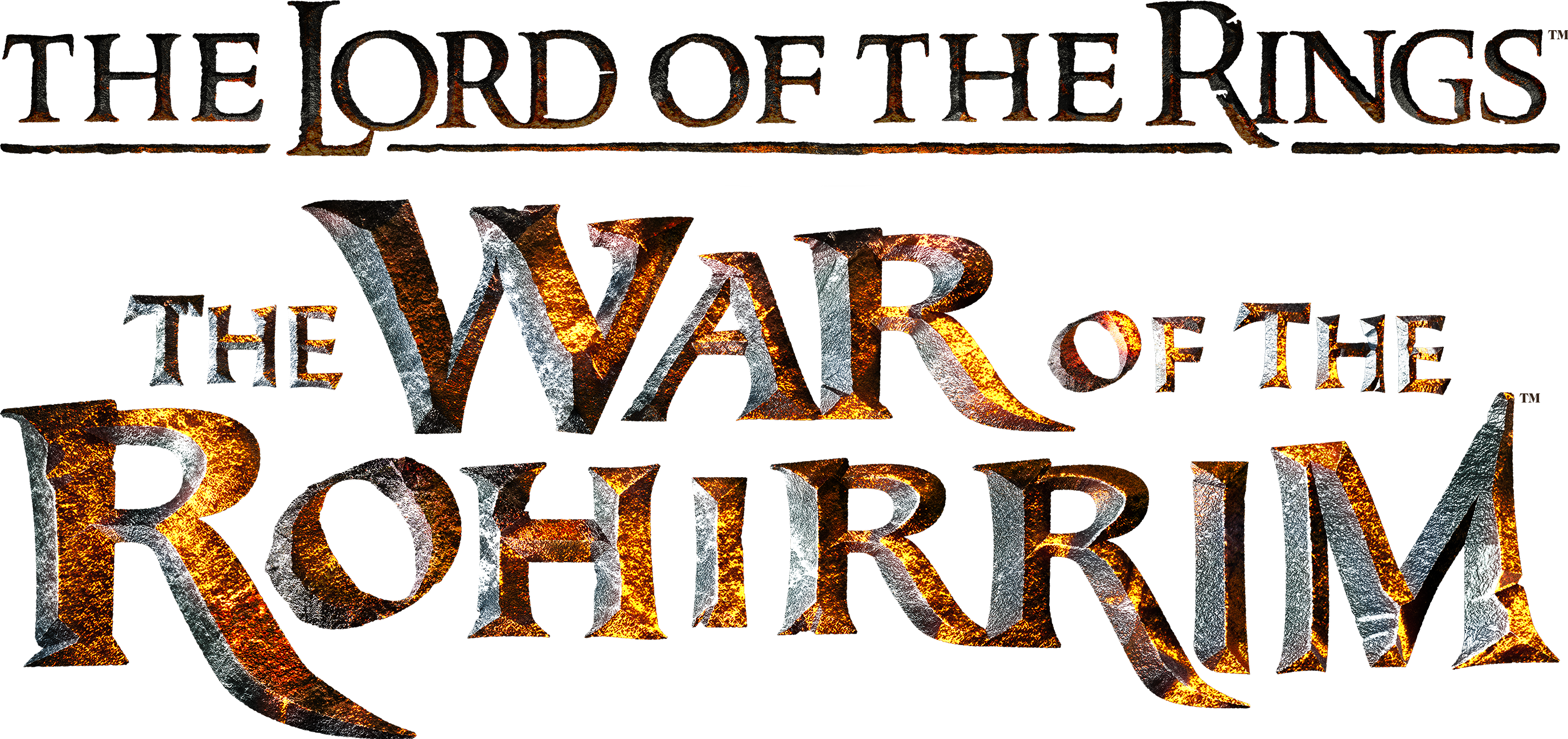Even with a genre as well-worn as the music biopic, there is still something interesting about each one as it comes along. Sometimes it’s a morbid fascination, when the material seems to be the worst kind of fit. And other times it's a legitimate fascination with a director or writer returning to a genre they helped to popularize. “A Complete Unknown” is the latter, as co-writer/director James Mangold (“Ford v. Ferrari,” “Logan (2017)”) previously directed one of the best examples of the genre before its oversaturation with “Walk the Line.”
Set in 1961, the film follows Bob Dylan, played by Timothée Chalamet (“Dune: Part One,” “Little Women (2019)”), as he slowly begins to establish a life and career for himself in New York after meeting Pete Seeger, played by Edward Norton (“Fight Club,” “Glass Onion: A Knives Out Mystery”), and a hospitalized Woody Guthrie, played by Scoot McNairy (“Argo (2012),” “Halt & Catch Fire”). While living there, he meets and begins to date Sylvie Russo, played by Elle Fanning (“The Great,” “Super 8”), and begins to work with and have an affair with Joan Baez, played by Monica Barbaro (“Top Gun: Maverick,” “FUBAR”). His career continues to grow, and the film chronicles his arrival in New York through his 1965 Newport Folk Festival electric performance.
Despite not originating many of the cliches of the music biopic genre, it’s easy to imagine Mangold might be hesitant to return to the genre given how mercilessly it has been mocked since “Walk the Line” was released. Hell, one year later the genre satire “Walk Hard” was released, taking title, visual, and structural inspiration from “Walk the Line.” So, it’s refreshing to see that, on some level, Mangold and co-writer Jay Cocks (“Strange Days,” “Gangs of New York”) seem to have made a film structured like a typical music biopic with a lead character completely uninterested in being in such a film. Because of this, it allows Chalamet and them to examine just how little Dylan fit into a typical musician persona.
Speaking of, Chalamet’s performance is nothing sort of stellar. What could have bene a simple impression instead feels like a full-bodied inhabiting of Dylan’s personality and ideals. The casting for the entire film is far closer to getting personalities right than it is about getting looks right, and it benefits the film greatly. It allows the emotion and energy to come through the performances and to let it all really sing, pun entirely intended. Norton and Fanning are great, although Fanning does get saddled with a bit of the typical “doe eyed girlfriend” trope, but she works well within those constraints.
McNairy gets off slightly worse just given a lesser amount of screentime, and some of the character actors rounding out the cast simply fill in archetypes typical of this kind of movie (the financially anxious agent, the recording manager who exists just to say “who wrote that song”, the concert manager angry at the new kid’s new sound, etc.). Barbaro absolutely excels. Her fierce musical talent and singing voice mixes with a calm perspective that she uses to confront Dylan’s attitude. She stands out in virtually every scene, and the ones between herself and Chalamet are the best in the entire film. They grab hold of your attention and never let go.
What “A Complete Unknown” is is a film that sets up various genre cliches and staples, before slowly showing that one of the greatest musicians of all time simply doesn’t fit into those boxes. Dylan doesn’t want to go electric for sales, he wants to just because he wants to. He doesn’t want to not play the hits because he’s told to play them, he just doesn’t want to. Chalamet’s performance builds this enigmatic persona within these constraints to create a film that’s almost screaming to break out of its pre-described restrictions. However, as much as it's clear the film and character want to break out of them, they never actually do. It’s certainly better than the average and most cliched music biopics, and the absolute best we’ve gotten this year, but it still checks plenty of typical boxes, even as it does avoid most of them.
On a technical front, Mangold’s crew brings this time period to life with staggering beautiful camera work and costuming. Cinematographer Phedon Papamichael (“Nebraska,” “The Trial of the Chicago 7”) lets the time period crackle with a thin layer of grain and a heavy use of shadows. The film’s lighting is perfection and draws attention to itself without ever overshadowing the actors or other material on screen. Of particular interest is the costuming as well, with department head Arianne Phillips (“Walk the Line,” “Once Upon a Time... In Hollywood”) filling out each performer with costumes that not only look the part but effortlessly blend in with their character’s personas. Speaking of those characters, the film’s musical performances are exceptional. Each one is not just a showcase of the timeless songs, but of the performers who made them special and the actors now bringing them to life. There’s a reverence in these moments that makes them feel almost like a sermon, a moment of deep respect for these figures, and it’s not hard to imagine the film being a half-hour or more longer just to add more musical moments.
“A Complete Unknown” is a fantastic showcase for its lead actor, its central subject, and the closest a mainstream music biopic has gotten to breaking out of the mold in recent memory. Chalamet and Barbaro lead a film packed full of great performances, cinematography, and musical moments that keeps an exceptional reverence without ever sanitizing the time or central subject. It hasn’t broken out of the genre box that Mangold himself helped to popularize over fifteen years ago, but you can see so many moments where it’s pushing at the edges. 4/5






.jpg)



.jpg)











.png)





.png)
